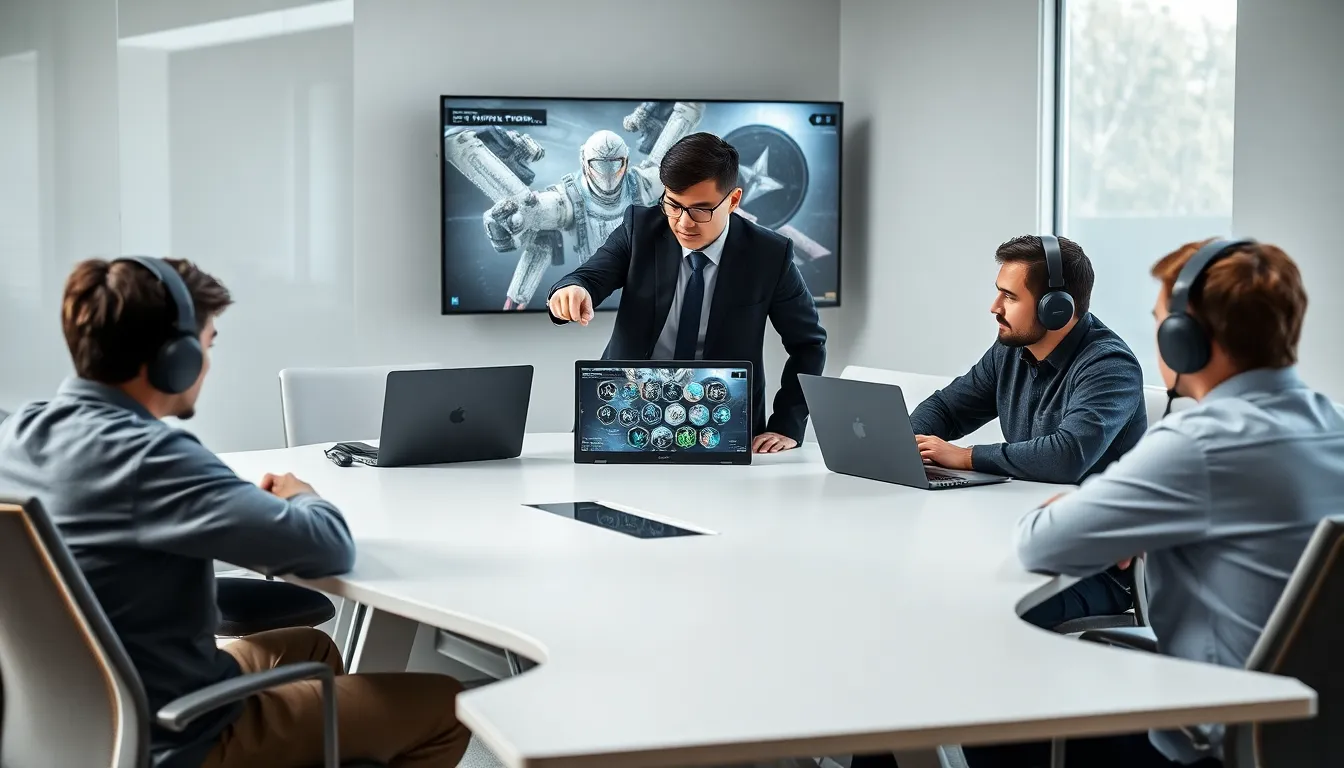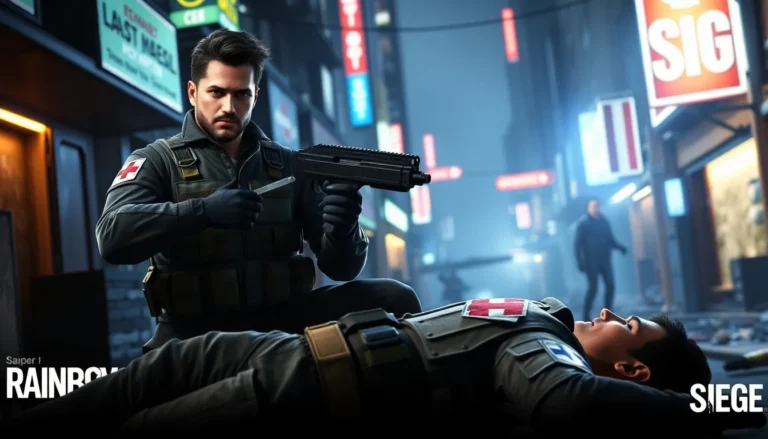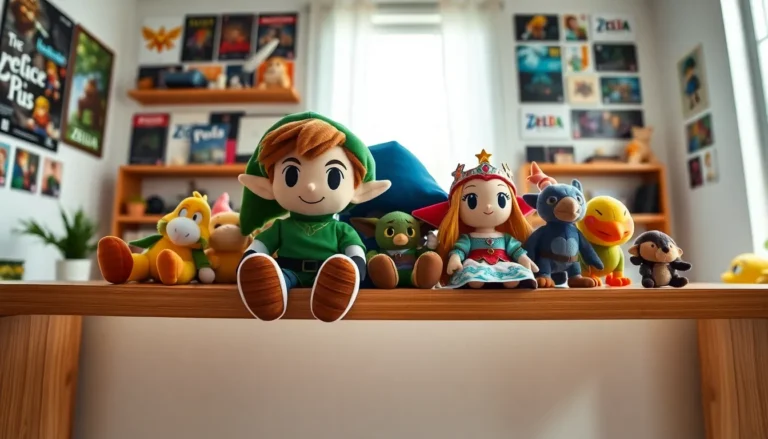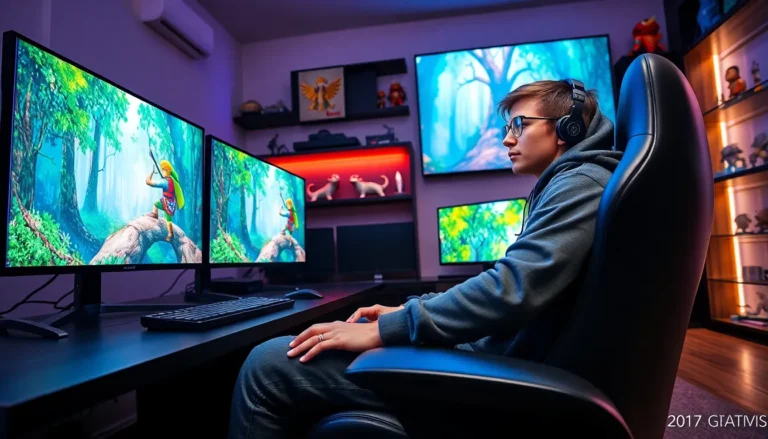Table of Contents
ToggleWhen it comes to Rainbow Six Siege, many believe that shooting is everything, but guess what? That’s about as true as saying a rainbow has only one color. Enter support operators, those unsung heroes who ensure that the game doesn’t devolve into a chaotic mess of gunfire. From fortifying positions to providing intel, these players bask in the glory of teamwork and strategy. This guide delves into the nitty-gritty of support roles, helping players elevate their game without the need for neon lights or high-powered weaponry.
Understanding the Role of Support Operators
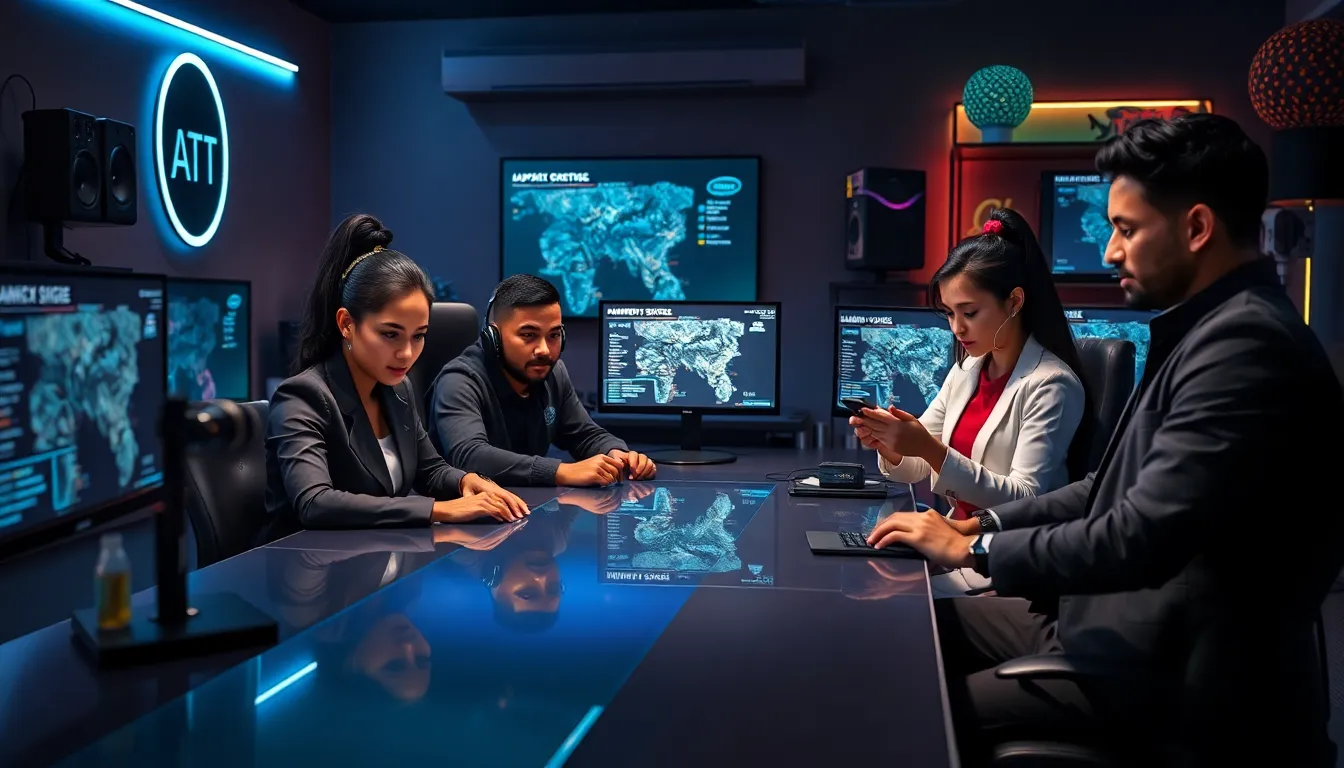
Support operators in Rainbow Six Siege are vital components of any successful team. Their primary focus lies not in flashy kills but in enhancing the operational effectiveness of their teammates. Consider them the glue that holds the entire operation together. Without them, a well-coordinated assault often crumbles into disarray.
Support roles offer varying abilities, such as deploying gadgets that can fortify defenses or gather crucial intel about the enemy’s movements. Rather than charging headfirst into confrontations, they work to ensure the team’s strategy unfolds as planned. In this game, patience is a virtue, and good support players know when to hold back and when to engage. They help plays, ensuring that the attackers have safe passage, while defenders can hold onto critical objectives with a strong backbone.
Key Support Operators and Their Abilities
Some operators shine brighter in a support role than others. Here’s a look at a few of the most notable characters who truly embody the spirit of support in Rainbow Six Siege:
Doc
Doc is a medic and has the unique ability to revive teammates with his Stim Pistol, which can also heal them. His effectiveness increases in drawn-out battles, where sustaining teammates is crucial. For those moments when every second counts, he’s a lifesaver, literally.
Jäger
Jäger stands as the ultimate line of defense against enemy gadgets. His Active Defense System can intercept grenades or projectiles, acting as a shield for teammates who might otherwise fall victim to traps or explosives. This capability allows for smoother executions during tight encounters.
Maestro
Equipped with surveillance cameras and lethal turrets, Maestro provides both intel and firepower. His Evil Eye allows teammates to gain insight into enemy movements while simultaneously posing a threat. This duality strengthens not only his utility but serves as a reassurance for teammates that they have reliable eyes on the competition.
Strategies for Effective Support Play
Effective support players know that strategy speaks louder than mere firepower. Here are some strategies that can elevate the performance of any support operator:
- Positioning is Key: Taking up a location where they can cover objectives while being out of enemy sight is essential. Adequate positioning can often make the difference between winning or losing a round.
- Use Gadgets Wisely: Every gadget has its strengths. Knowing when to deploy a shield, trap, or camera can provide critical intel or defensive capabilities. Employ them in choke points to control enemy movement.
- Stay Aware: Support players should always be mindful of team health, positioning, and enemy movements. Regularly checking your teammates’ status can be the difference between a win or a tragic, teammate-less defeat.
Tips for Coordinating with Teammates
Communication in Siege can feel like orchestrating a symphony: every note must be in harmony. Here are a few tips to ensure support players sync up seamlessly with their teammates:
- Call Out Your Abilities: Keeping your team informed about the devices you’ve deployed allows them to strategize around their protection.
- Encourage Team Movement: A support player should prompt teammates to advance or take specific positions, providing a morale boost and tactical advantage.
- Share Intel Proactively: Whether it’s enemy locations or health statuses, keeping teammates updated fosters a more dynamic gameplay experience. Trust me, no one likes being blindsided by an ambush.
Common Mistakes to Avoid as a Support Player
Even seasoned support players can find themselves falling into common traps. Recognizing these pitfalls can save the day and prevent headaches:
- Overcommitting to a Defense: Staying too long in a spot when things go sideways can lead to unnecessary deaths. If a position gets compromised, it’s better to retreat and regroup.
- Neglecting Communication: Failing to provide info leaves teammates flying blind. Ensure that they always know what’s happening: it builds trust and coordination.
- Misusing Gadgets: Being unstrategic about gadget deployment can waste potential. Always consider the broader team strategy and act accordingly.
The Importance of Communication in Support Roles
Communication is the backbone of team play, especially for support operators. Here’s why it can’t be overlooked:
- Building Trust: Effective communication cultivates trust among team members. If players know they can rely on each other for information and support, the likelihood of victory increases significantly.
- Enhancing Coordination: A well-coordinated team performs almost synergistically. Clear communication allows support players to guide their teammates, integrating their strategies into the broader game plan.
- Adjusting Strategies on the Fly: Situations in Siege are fluid. Relying on teammates for constant intel enables adjustments that can turn the tide of battle.

